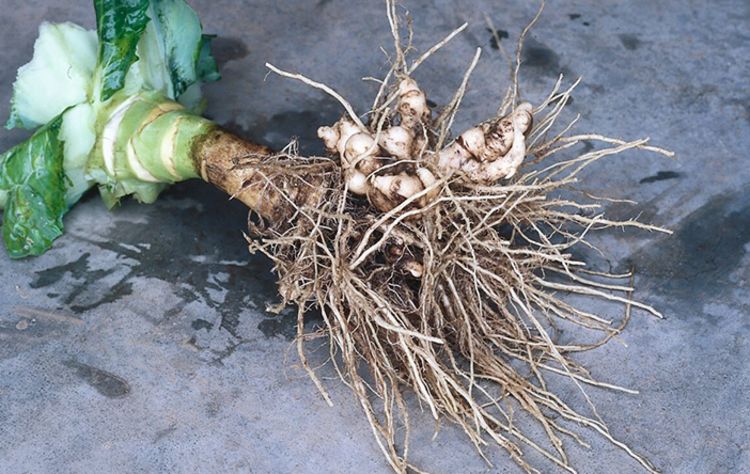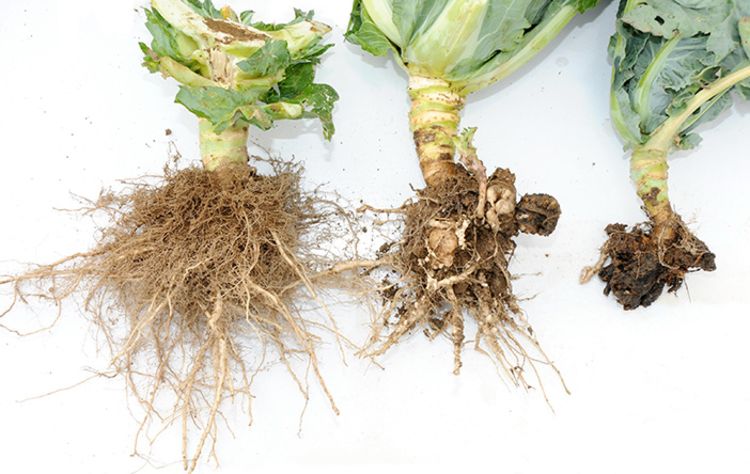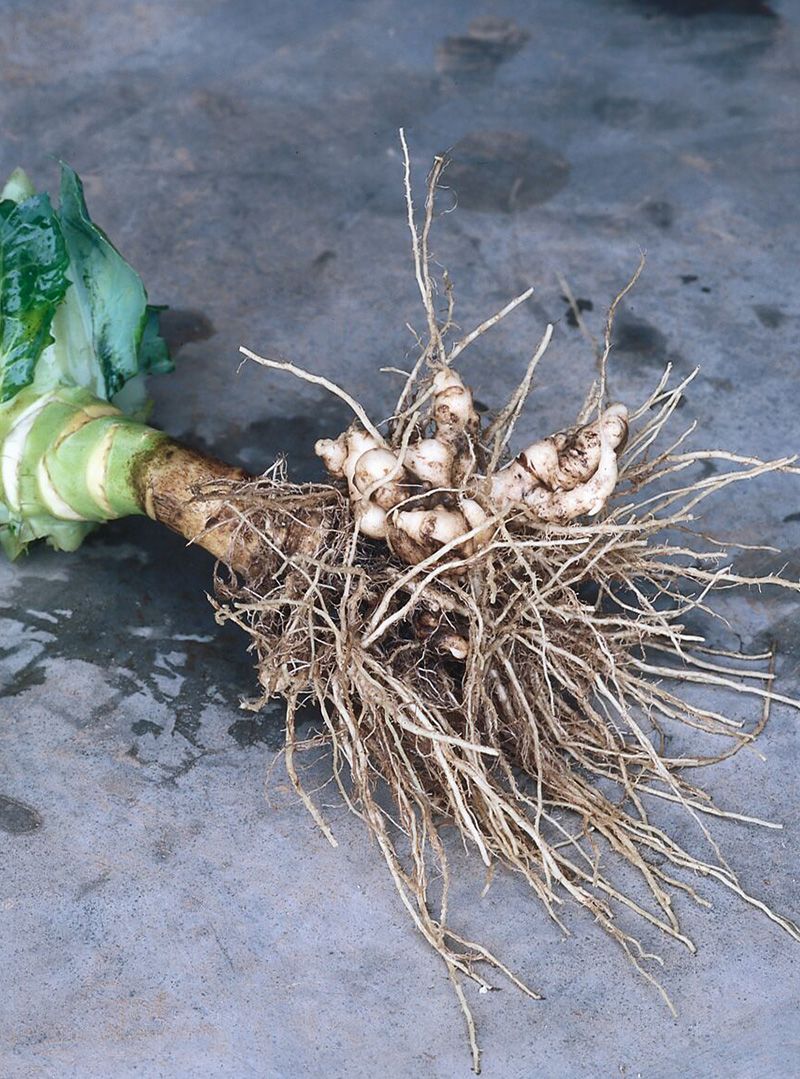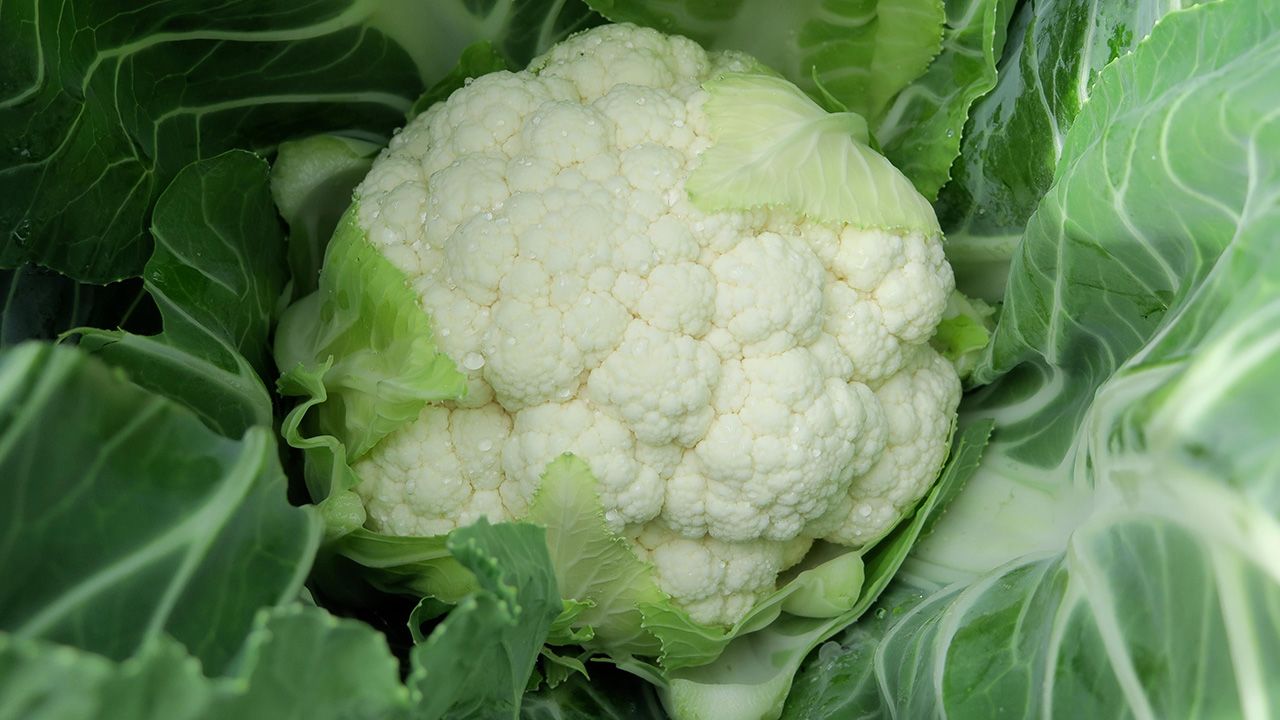Blockbuster brassicas
Keeping clubroot at bay for more than 20 years
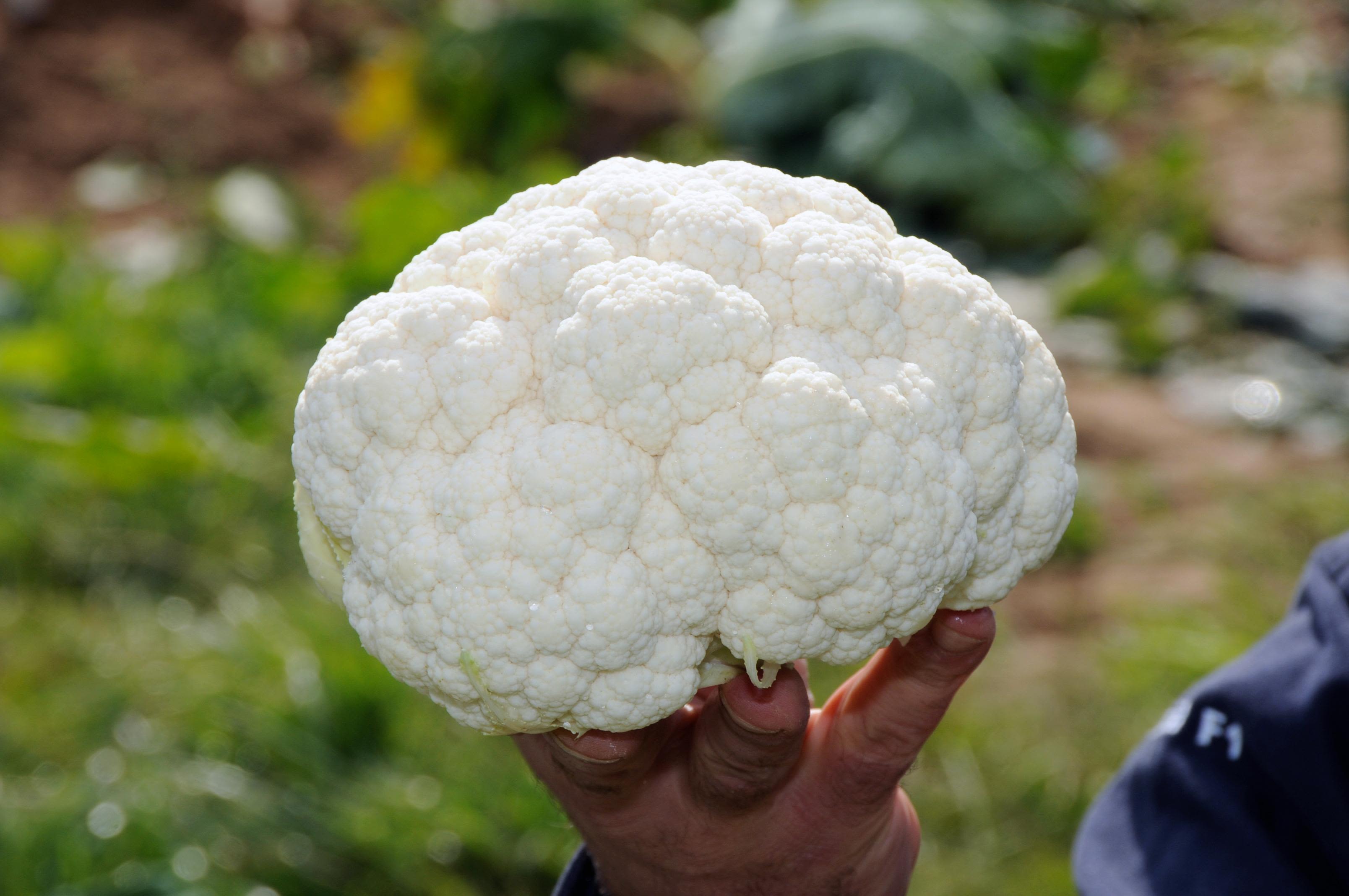
It’s highly destructive and difficult to control. When clubroot infects the roots of brassicas, this soil-dwelling micro-organism causes significant losses. It also survives in the ground for long periods, poised to affect crops for many years to come.
Prevalent in more than 80 countries, clubroot is estimated to cause yield losses of up to 15 percent. Fields unlucky enough to be widely infected can see complete crop failure.
With milder and wetter winters leading to adverse growing conditions in large parts of the world, the resulting moist and warm soil provides perfect conditions for the pathogen (which cannot grow outside of a susceptible host). This means that protection for brassicas like cabbages, cauliflower, and broccoli is vital.
Related to slime moulds, the clubroot organism – Plasmodiophora brassicae – produces resting spores which can contaminate soil for up to two decades. These spores germinate and infect the roots and, after the crop matures, the spores are released back into the soil via rotting tissue. And so the cycle starts again.
Failure to tackle clubroot leads to the telltale swollen and distorted root system, with a loss of the finer roots, severely inhibiting water and nutrient uptake.
Other symptoms include stunted growth, purplish foliage, and wilted leaves during hot weather – another problem given our changing climate and soaring temperatures during the summer months. And you cannot treat clubroot with any kind of crop protection.
This year, Syngenta is celebrating its 25th anniversary.
This year, Syngenta is celebrating its 25th anniversary.
Clubroot infects the roots of brassicas and can cause significant losses.
Clubroot infects the roots of brassicas and can cause significant losses.
Failure to tackle clubroot leads to the telltale swollen and distorted root system (centre and right), with a loss of the finer roots, severely inhibiting water and nutrient uptake.
Failure to tackle clubroot leads to the telltale swollen and distorted root system (centre and right), with a loss of the finer roots, severely inhibiting water and nutrient uptake.
It’s highly destructive and difficult to control. When clubroot infects the roots of brassicas, this soil-dwelling micro-organism causes significant losses. It also survives in the ground for long periods, poised to affect crops for many years to come.
Prevalent in more than 80 countries, clubroot is estimated to cause yield losses of up to 15 percent. Fields unlucky enough to be widely infected can see complete crop failure.
With milder and wetter winters leading to adverse growing conditions in large parts of the world, the resulting moist and warm soil provides perfect conditions for the pathogen (which cannot grow outside of a susceptible host). This means that protection for brassicas like cabbages, cauliflower, and broccoli is vital.
Failure to tackle clubroot leads to the telltale swollen and distorted root system (centre and right), with a loss of the finer roots, severely inhibiting water and nutrient uptake.
Failure to tackle clubroot leads to the telltale swollen and distorted root system (centre and right), with a loss of the finer roots, severely inhibiting water and nutrient uptake.
Related to slime moulds, the clubroot organism - Plasmodiophora brassicae – produces resting spores which can contaminate soil for up to two decades. These spores germinate and infect the roots and, after the crop matures, the spores are released back into the soil via rotting tissue. And so the cycle starts again.
Failure to tackle clubroot leads to the telltale swollen and distorted root system, with a loss of the finer roots, severely inhibiting water and nutrient uptake.
Other symptoms include stunted growth, purplish foliage, and wilted leaves during hot weather – another problem given our changing climate and soaring temperatures during the summer months. And you cannot treat clubroot with any kind of crop protection.
This year, Syngenta is celebrating its 25th anniversary. Check out more of our stories about innovation.
This year, Syngenta is celebrating its 25th anniversary. Check out more of our stories about innovation.
Clubroot infects the roots of brassicas and can cause significant losses.
Clubroot infects the roots of brassicas and can cause significant losses.

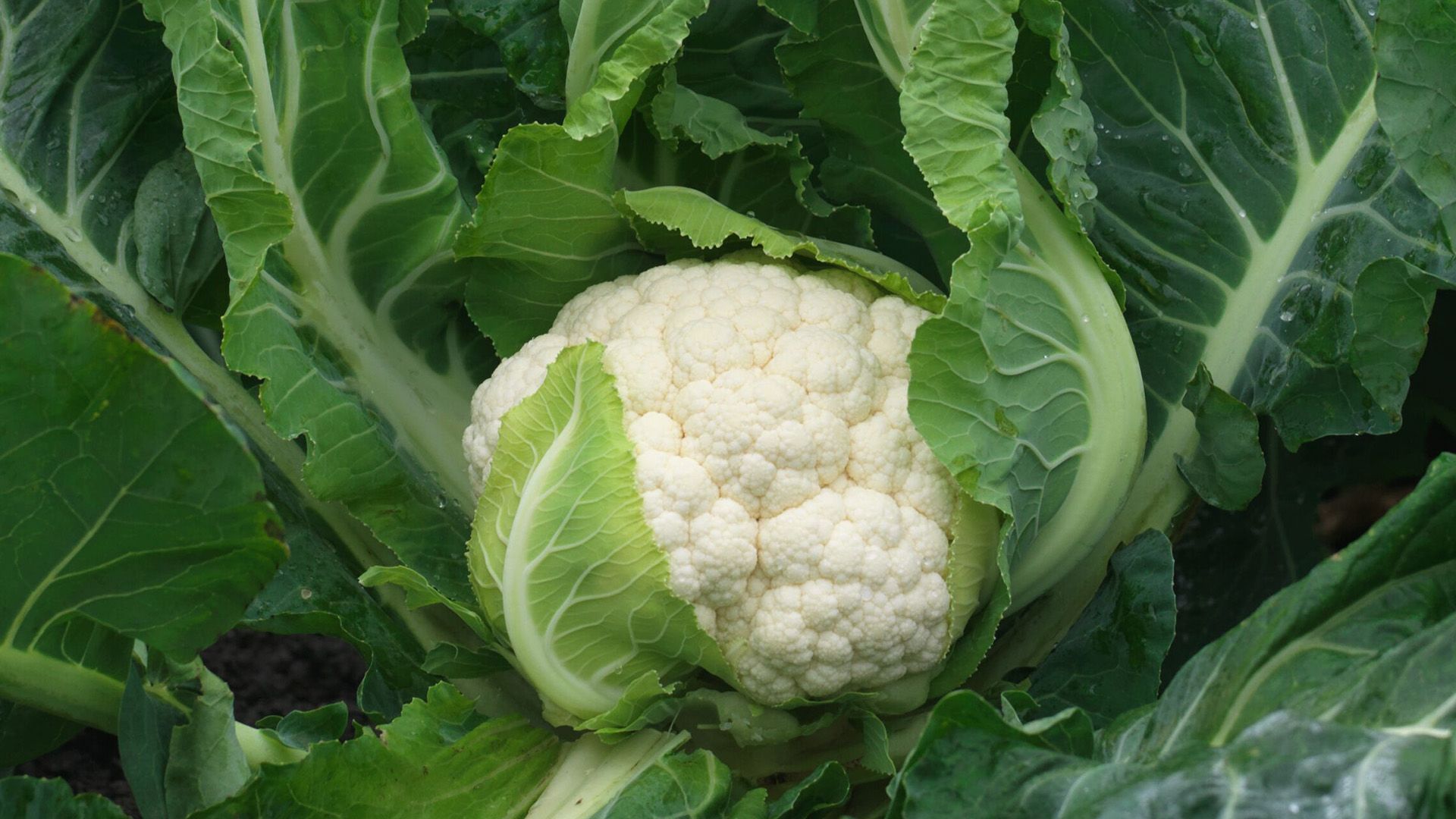
Innovating for the future
In 2003 and subsequent years, Syngenta was one of the first companies to introduce a wide range of clubroot-resistant brassica varieties, including white cabbage, cauliflower, and brussels sprouts. Later on, clubroot-resistant broccoli and savoy cabbage completed the offering.
This marked a major step forward in the control of clubroot, alongside other agronomical measures such as liming and crop rotation.
Several varieties found a home in the harvest programs of many growers. Others became Syngenta’s first blockbuster varieties, like Clarina. This clubroot-resistant cauliflower is grown in large parts in Northwest Europe and is characterized by its ability to produce a high marketable yield from mid-summer to early autumn.
With its well-shaped and solid curds (the edible part of the plant), this strong, upright plant is easy to harvest and pack.
Pim Neefjes is Global Crop Head for Leafy, Brassica and Okra Crops at Syngenta. He says that work began on this groundbreaking trait back in 1987.

Pim Neefjes, Global Crop Head for Leafy, Brassica and Okra Crops at Syngenta.
Pim Neefjes, Global Crop Head for Leafy, Brassica and Okra Crops at Syngenta.
“It was some years before we could bring a commercial variety to market. But it was all worth it. In the Netherlands, for example, the variety Clarina has been on the market for 20 years and has become of the most-grown cauliflower varieties in the country, and not only on clubroot-infected soil. This variety is also appreciated for general characteristics such as the reliability in growing and the curd quality.
“You can harvest Clarina from the end of June until the end of November, meaning that it’s a very long harvest.”
Developing varieties that are reliable to grow under various growing conditions and seasons is key.
Developing varieties that are reliable to grow under various growing conditions and seasons is key.
Neefjes continues: “We're committed to developing varieties that are reliable to grow under various growing conditions and seasons. We have seen that varieties being reliable in production are important for growers to plan in their programs.
“By breeding varieties that can better tolerate weather conditions combined with levels of resistance against pest and diseases, we are supporting farmers' livelihoods but also contributing to a more sustainable and climate-friendly agricultural future.”
Niels Botman explains in this video why Clarina is the most cultivated cauliflower variety in Europe.
This year, Syngenta is celebrating its 25th anniversary. We are proud of our continuous innovation and contribution to the food system over the past quarter century. Check out more of our stories about innovation.
This year, Syngenta is celebrating its 25th anniversary. We are proud of our continuous innovation and contribution to the food system over the past quarter century. Check out more of our stories about innovation.

